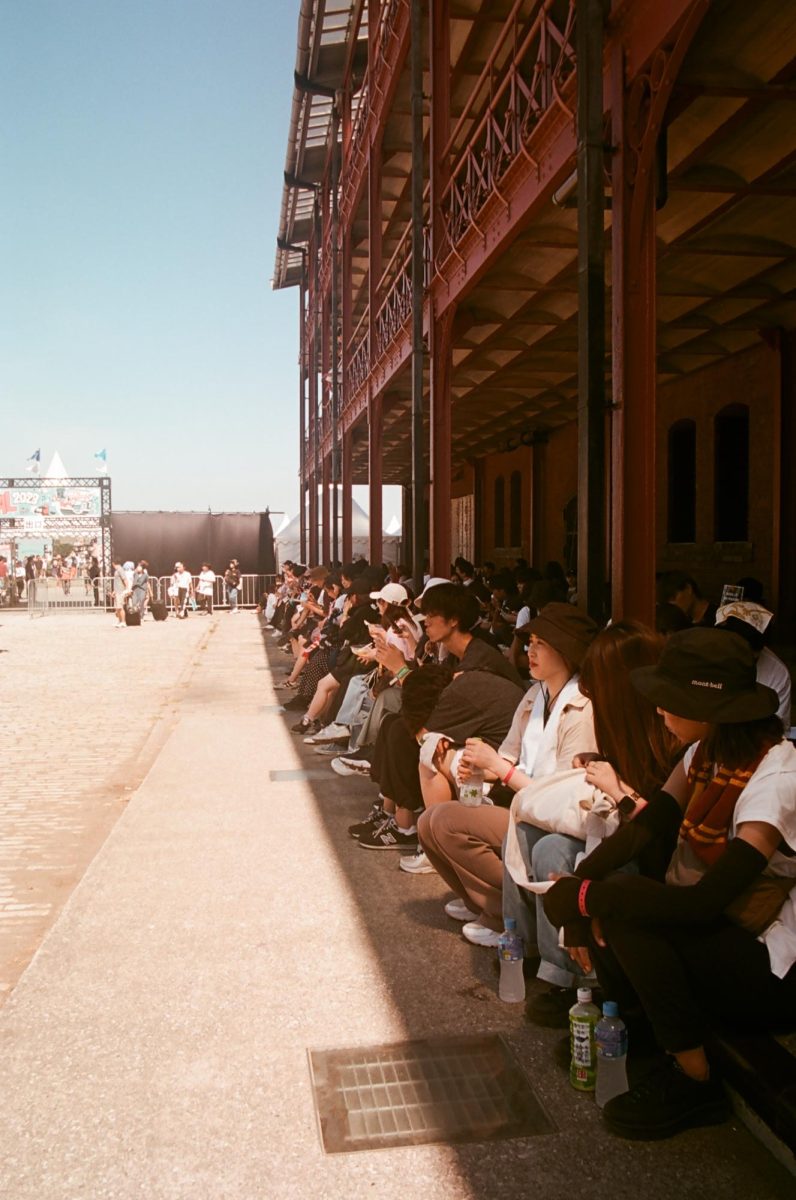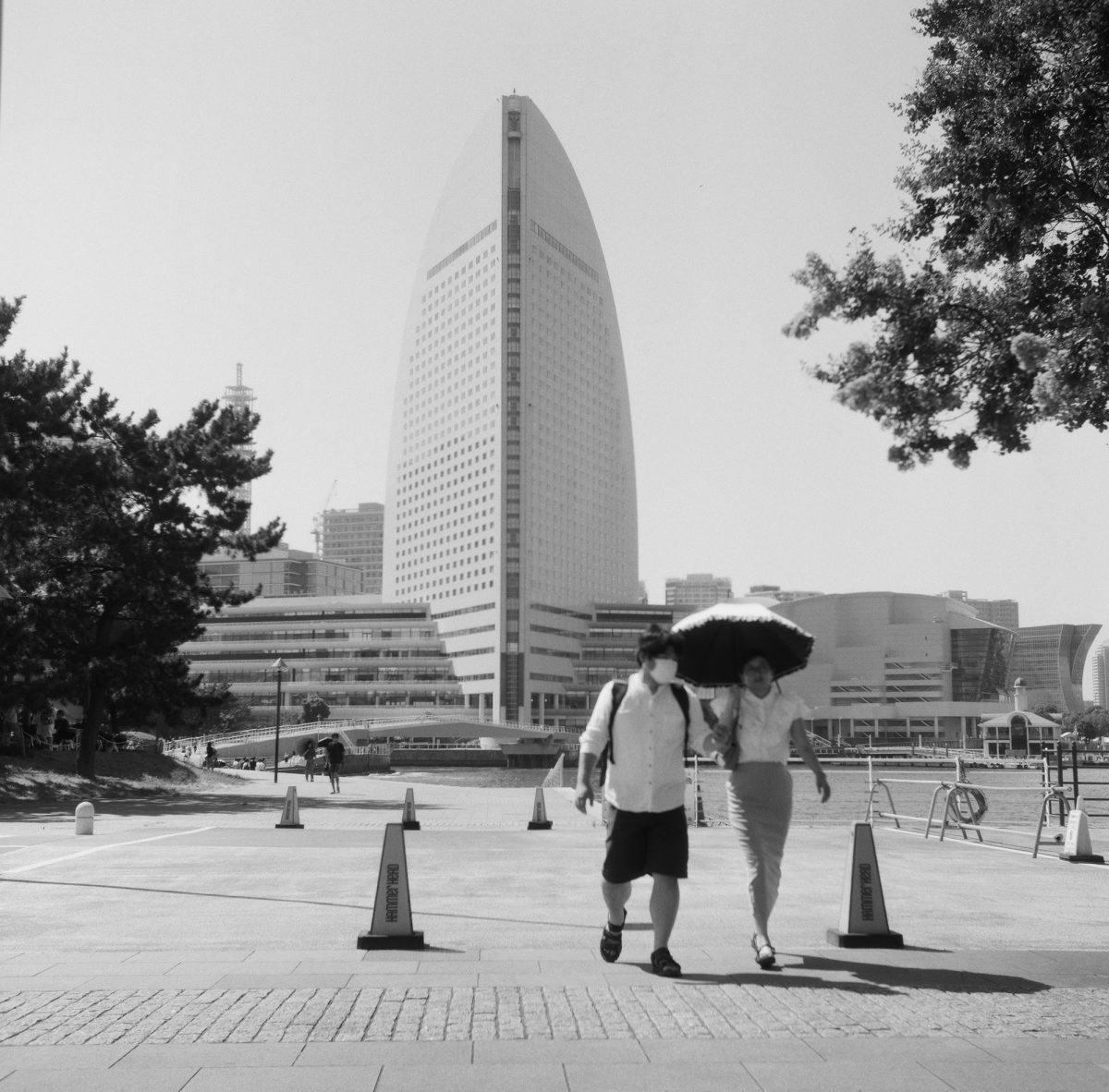For all of summer, the sun has hammered Tokyo with unprecedented intensity, pushing temperatures past the 100 degree mark. Shadows withered and died on the white-hot sidewalks and umbrellas sprouted like neon mushrooms from the crowds on every street corner. Despite this, life in Tokyo has gone on more or less as usual — the trains ran on time, tourists mobbed the Shinto shrines and shopping malls and construction crews raised new towers to fill in gaps in the skyline. Under this veneer of normalcy, however, the biggest city on Earth has become an unwilling battleground between humankind’s industrial ambitions and the encroaching consequences of our extractive appetites.
Japan, along with much of the world, has been smashing heat records this summer, exceeding the historical averages of the last 150 years. Climate change exacerbated this abnormal pattern, catching governments and citizens off guard. With its outsized elderly population and clusters of high-density, heat-trapping urban areas, Japan is particularly vulnerable to the dangers associated with heatwaves. Tragically, 73 people are reported to have died of heat-related illnesses, such as heatstroke and exhaustion, in Tokyo in July this year.
Climate change is a global issue, but its impacts are not distributed evenly around the world. Many Asian countries are especially vulnerable to its worst effects, as they are situated closer to the equator and sometimes lack critical disaster-related infrastructure like hardened utilities, coastal seawalls and disaster monitoring stations. In particular, they are affected by adverse weather events like typhoons, floods and heavy monsoon seasons. Heat is the key driver of all of these disasters, and a severe health hazard in its own right: Unseasonable temperatures tend to warm oceans and increase precipitation, fuel hurricane patterns, disrupt sea currents and increase the risks and severity of wildfires.
As the thermometer climbed closer to 104 degrees Fahrenheit, and humidity crossed 70% for most of July, fewer and fewer people ventured outdoors, especially as local authorities and news agencies urged people to stay inside. For Tokyo’s at-risk population – namely the young, elderly, poverty-stricken and ill – the heat wave meant a cessation of their normal life, as hotter parts of the city became off-limits, and sometimes whole days when the oppressive heat kept them indoors. Residents trapped in their homes were forced to increase their A/C use, compounding the burden on an energy system that was already contributing to the root causes of the heat wave. Some businesses and transit stations installed water vapor blowers to cool down visitors and passersby. Construction workers, delivery drivers and a few forward-thinking citizens all wore vests zippered tightly shut, with twin fans protruding from the garment’s lower back.
As climate change accelerates, Japan will continue to heat up at the expense of her most vulnerable citizens. Its government has not been idle: Ever since 1997, when the Kyoto Protocol was enacted and signed by 192 countries on Japanese soil, the nation has taken increasingly decisive steps to address and mitigate climate change. Japan signed the Paris Agreement alongside 195 other countries in 2015, and Japan has pledged to become carbon neutral by 2050 alongside the other members of the G7, following the lead of many other industrialized countries around the world. As per the World Economic Forum, Japan allocated $15 billion to fund environmental projects into 2030, and has collaborated with corporations to reduce emissions in supply chains and decrease its citizens’ environmental impact.
It remains to be seen how effective these policies are at staving off the worst of climate change. Serious criticism has been aimed at the Japanese government for the performative nature of their pledges. A 2021 Pew Research poll found that out of the populations of eight industrialized countries polled, only Japanese citizens were less concerned about climate change across the six-year study period.
In the end, it will take every element of Japanese society working in tandem to address the climate crisis. Japanese youth have mobilized to form civil society groups affiliated with national media and the United Nations, and have sent delegations to international climate conferences and UN Assemblies. Politicians in the National Diet, the legislature of Japan, have pushed the often slow-moving government to follow through on its climate policies, but the legislature’s ordinances often lack concrete commitments, or are even counterproductive, as the country maintained its position as the fifth largest oil consumer in the world in 2021. Climate disasters that impact the whole of Japan, like the 2023 heat wave, may galvanize resistant industries and apathetic citizens into action, so that future generations won’t have to brave the Tokyo heat of summers to come.

















